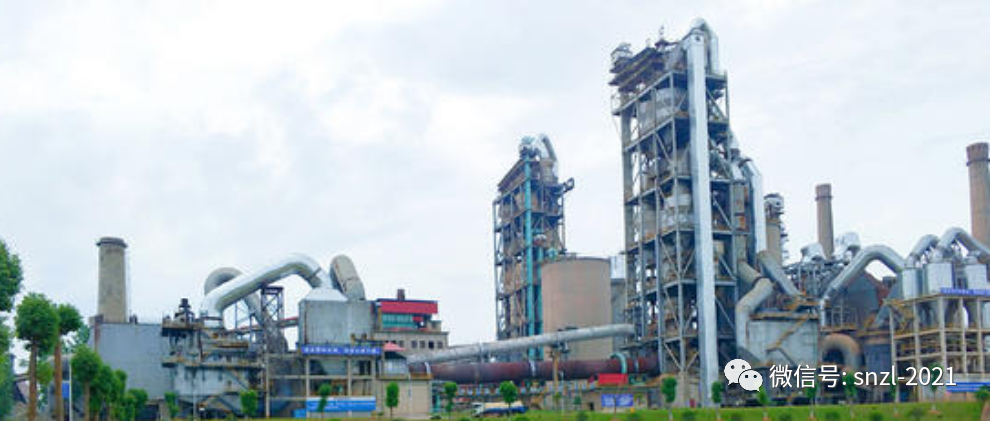Interview questions for cement plant control positions
Moisture measurement conditions for raw materials (excluding gypsum)? Answer: Dry at 105 ℃ – 110 ℃ for 1-1.5h.

What raw and combustion materials are used in cement production? Answer: Raw materials: calcareous limestone, silicoaluminal clay, correction materials: iron powder, iron ore, siliceous sandstone, aluminum bauxite.
4.
Generally, samples can be dried at a temperature of 105-110 ℃.
Specification of vertical lifting weight sieve for clinker? Answer: 5mm and 7mm.
10.
What precautions are there? Answer: Crush, sift, mix, and divide until the sample meets the requirements.

6.

There are also gypsum and mixtures.
Samples that are easily decomposed, such as gypsum (CaSO4 · 2H2O), should be dried at 43 ± 3 ℃.

C5 Determination method of thermal decomposition rate? Answer: Measure the loss on ignition of C5 hot material and raw material entering the kiln.
Fuel: Coal or heavy oil.
3.
Finally, remove the iron filings with a magnet and store them for future use.
What are the routine control items for grinding cement? What are two ways to express fineness? Answer: Routine control items: specific surface area, fineness, sulfur trioxide.

Precautions: ① If the sample taken is too wet for crushing, grinding, and sieving, it can be dried or air dried first.


5.


Interview questions for control positions: 1.
④ If there is any residue during screening, it cannot be discarded, but should be collected completely.
Fineness representation method: 0.045 μ M sieve residue and specific surface area.
Briefly describe the fluorescence analysis process? Answer: Sample weighing – sample grinding – sample compression – fluorescence analysis.
.
Due to non aqueous titration, if water is introduced during the test, there will be a significant deviation in the measurement results.

Preparation process of raw material samples.
What are the quality control points of the cement plant? Answer: Raw and fuel material storage yard, batching station, outgoing raw meal, incoming raw meal, clinker, outgoing cement, and outgoing cement.


9.
② Before crushing and grinding the sample, each piece of equipment and appliance, such as a medicine roller, abrasive tool, jaw plate, mortar, etc., should be brushed clean or wiped clean with the sample, and there should be no other sample residues When crushing and grinding samples, it is necessary to minimize splashing to avoid losing representativeness due to too much flying.
What are the control items for grinding raw materials? Answer: Moisture, fineness, fluorescence analysis.
8.
7.
Which standard titration solution is used for titration of free calcium oxide in clinker? Why should the triangular bottle be dried before use? Answer: Titrate with 0.1mol/L benzoic acid anhydrous ethanol standard titration solution.

